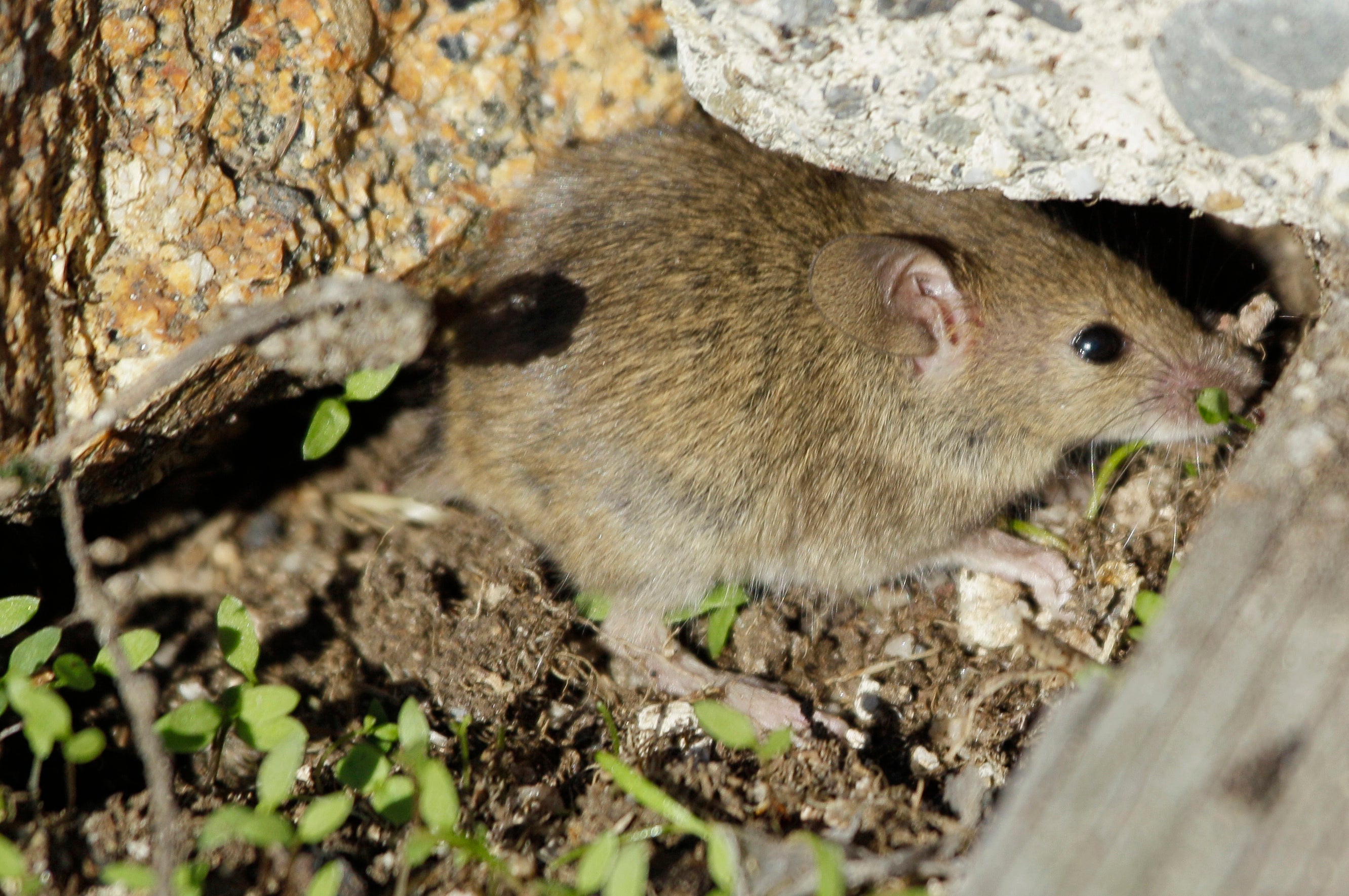California commission OKs poisoning plan for wildlife refuge
The California Coastal Commission has approved a plan to poison invasive mice threatening rare seabirds on the Farallon Islands National Wildlife Refuge

Your support helps us to tell the story
From reproductive rights to climate change to Big Tech, The Independent is on the ground when the story is developing. Whether it's investigating the financials of Elon Musk's pro-Trump PAC or producing our latest documentary, 'The A Word', which shines a light on the American women fighting for reproductive rights, we know how important it is to parse out the facts from the messaging.
At such a critical moment in US history, we need reporters on the ground. Your donation allows us to keep sending journalists to speak to both sides of the story.
The Independent is trusted by Americans across the entire political spectrum. And unlike many other quality news outlets, we choose not to lock Americans out of our reporting and analysis with paywalls. We believe quality journalism should be available to everyone, paid for by those who can afford it.
Your support makes all the difference.The California Coastal Commission has approved a plan to poison invasive mice threatening rare seabirds on the Farallon Islands National Wildlife Refuge.
The agency that regulates California's coastline voted 5-3 Thursday night to approve a plan to drop about 3000 pounds (1,360 kilograms) of poisoned bait from helicopters onto the rocky islands off the San Francisco coast that are home to hundreds of thousands of breeding birds.
The move still will require approval from the regional director of the U.S. Fish and Wildlife Service and even then it probably would be at least two years before the program gets underway, officials said.
The Farallon Islands refuge is home to an estimated 300,000 breeding seabirds, including the rare ashy storm-petrel. But officials say the population is threatened by mice that first arrived on the islands aboard ships more than a century ago.
In recent years, the mouse population has exploded, attracting burrowing owls that also prey on the ashy storm-petrel, officials said.
“This project is necessary and is the right thing to do to stop the ecosystem carnage done by mice: A human-caused problem,” Gerry McChesney, manager of the wildlife refuge, said at the meeting.
The proposal has won both support and condemnation from various conservation groups. Critics contend that other wildlife could be poisoned by the rodenticide.
Famed animal researcher and conservationist Jane Goodall spoke against the proposal at the hearing.
“This poison will inflict pain and suffering on a great many sentient animals,” she said.